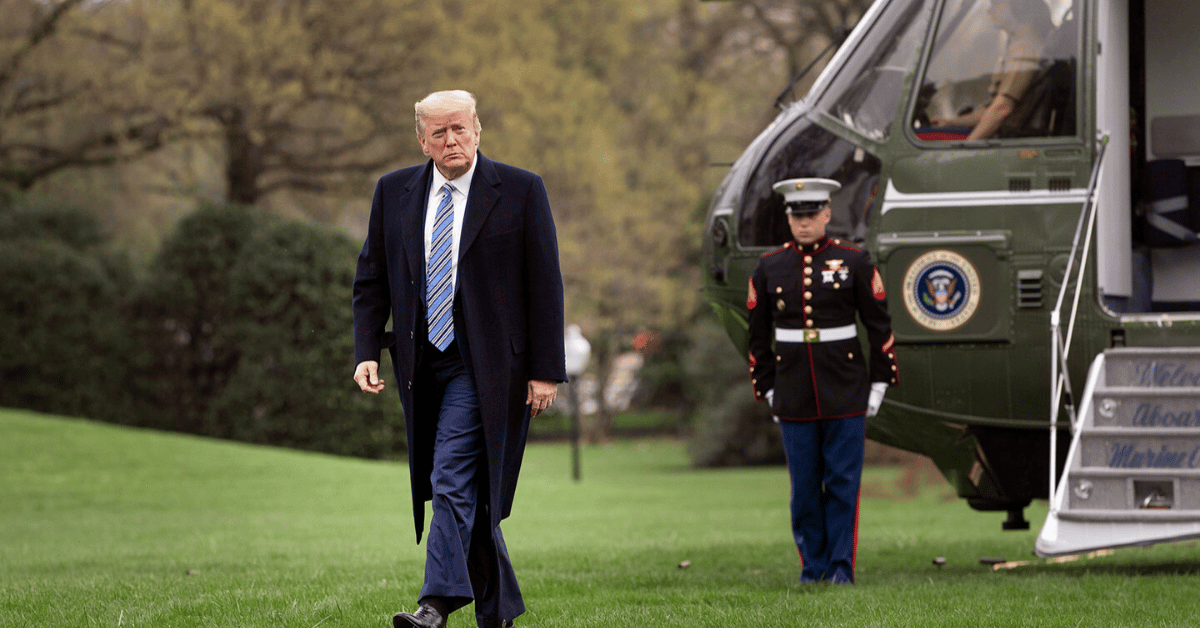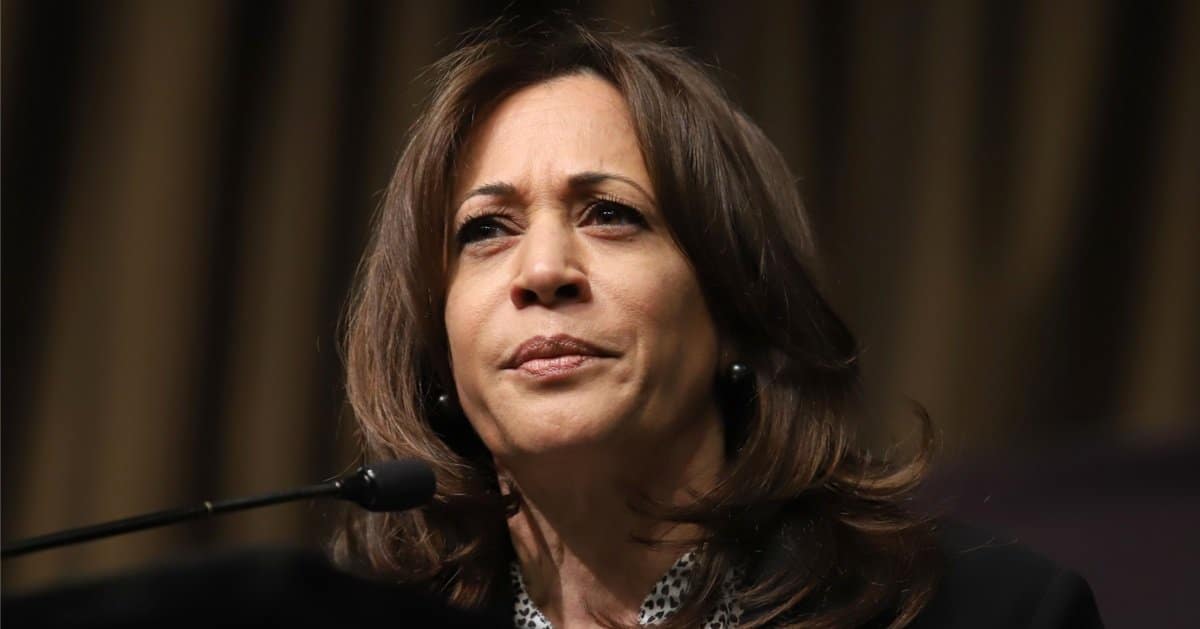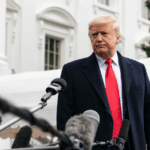

President Donald Trump’s recent White House meeting with Ukrainian President Volodymyr Zelensky has sparked intrigue about America’s role in securing Ukraine’s post-war future. The discussion, held on August 18, 2025, signals a potential shift in U.S. foreign policy, with Trump hinting at a military presence to keep Russia at bay. For conservatives wary of endless wars, this raises eyebrows but also reflects a pragmatic desire to stabilize a volatile region.
Trump met Zelensky to hammer out security guarantees aimed at ending Ukraine’s conflict and preventing Russian aggression from reigniting. European heavyweights, including Britain’s Keir Starmer and France’s Emmanuel Macron, joined the talks, underscoring the global stakes. The presence of NATO’s Mark RutUte and the EU’s Ursula von der Leyen added weight to the high-stakes summit.
Russia’s 2014 invasion of Ukraine’s Donbas and annexation of Crimea set the stage for this mess, which met with a tepid global response at the time. Fast-forward to 2022, Putin’s attempt to topple Ukraine’s government failed, thanks to gritty Ukrainian resistance, despite scant early Western aid. Trump’s latest moves suggest he’s learned from past hesitations, eyeing a bolder U.S. role.
“We’re going to work with everybody,” Trump declared, vowing a peace that lasts “long term.” His words drip with confidence, but the vagueness leaves room for skepticism about what “working with everybody” entails. Conservatives might cheer his focus on durable solutions, yet wonder if it’s a prelude to overcommitment.
Trump’s refusal to rule out U.S. troops in Ukraine post-war is the real head-turner. He didn’t spell out details, but the idea of American boots on the ground, even as a deterrent, clashes with his America First instincts. It’s a tightrope walk—supporting Ukraine without entangling the U.S. in another foreign quagmire.
The meeting wasn’t just a Trump-Zelensky tête-à-tête; it included a European who ’s-who, from Italy’s Giorgia Meloni to Germany’s Friedrich Merz. These leaders, Trump hinted, will be “involved” in securing Ukraine, with the U.S. pitching in. This coalition approach could spread the burden, a nod to fiscal hawks back home.
Special Envoy Steve Witkoff dropped a bombshell: Russia agreed to an “Article 5-like protection” for Ukraine during Trump’s August 15, 2025, talks with Putin. This NATO-style pledge, treating an attack on one as an attack on all, sounds like a diplomatic coup. But trusting Moscow to honor it feels like betting on a snake not to bite.
Trump’s clear on one thing: Ukraine shouldn’t join NATO, a stance the Kremlin conveniently shares. This anti-NATO line aligns with his base’s distrust of globalist alliances, but it risks leaving Ukraine vulnerable without ironclad protections. The balancing act here is as delicate as it gets.
Zelensky, meanwhile, stands firm against ceding any territory, backed by Ukraine’s constitution, which forbids redrawing borders. Trump’s talk of “concessions” and potential territorial changes hits a brick wall here. It’s a noble stand, but one that could prolong the stalemate if neither side budges.
Russia’s 2014 land grab in Crimea and Donbas exposed the West’s hesitancy, a mistake Trump seems keen to avoid repeating. Back then, global leaders dithered, leaving Ukraine to fend for itself. Trump’s current openness to military involvement suggests he’s rewriting that script, aiming for a stronger deterrent.
In 2022, Ukraine’s early war days were grim, with minimal Western aid as experts predicted a swift Russian victory. Ukraine’s defiance proved them wrong, but the memory of that slow start lingers. Trump’s rhetoric now hints at a proactive stance, a shift conservatives might applaud as long overdue.
Trump’s goal is clear: end the war with a deal that sticks. “We’re not talking about a two-year peace,” he said, emphasizing a solution that doesn’t unravel. Yet, his push for concessions raises questions about what America is willing to pressure Ukraine into accepting.
Neither Russia nor Ukraine shows any appetite for territorial giveaways, a sticking point that could derail Trump’s peace push. Zelensky’s rejection of annexation is unwavering, rooted in national pride and legal barriers. Forcing Ukraine’s hand risks alienating a key ally, a misstep Trump can ill afford.
Trump’s European partners, described as “first line of defense,” are expected to shoulder much of the security load. “They’re there,” he noted, suggesting geography makes them natural leaders in this effort. It’s a clever deflection, but U.S. involvement remains the linchpin, and conservatives will watch closely to ensure it’s not a blank check.
The prospect of U.S. troops in Ukraine, even post-war, will spark debate among Trump’s base, who crave strength but loathe foreign entanglements. His promise of “a lot of help” sounds reassuring, but the devil’s in the details—or lack thereof. For now, Trump’s keeping his cards close, leaving patriots hopeful yet cautious about America’s next move.



